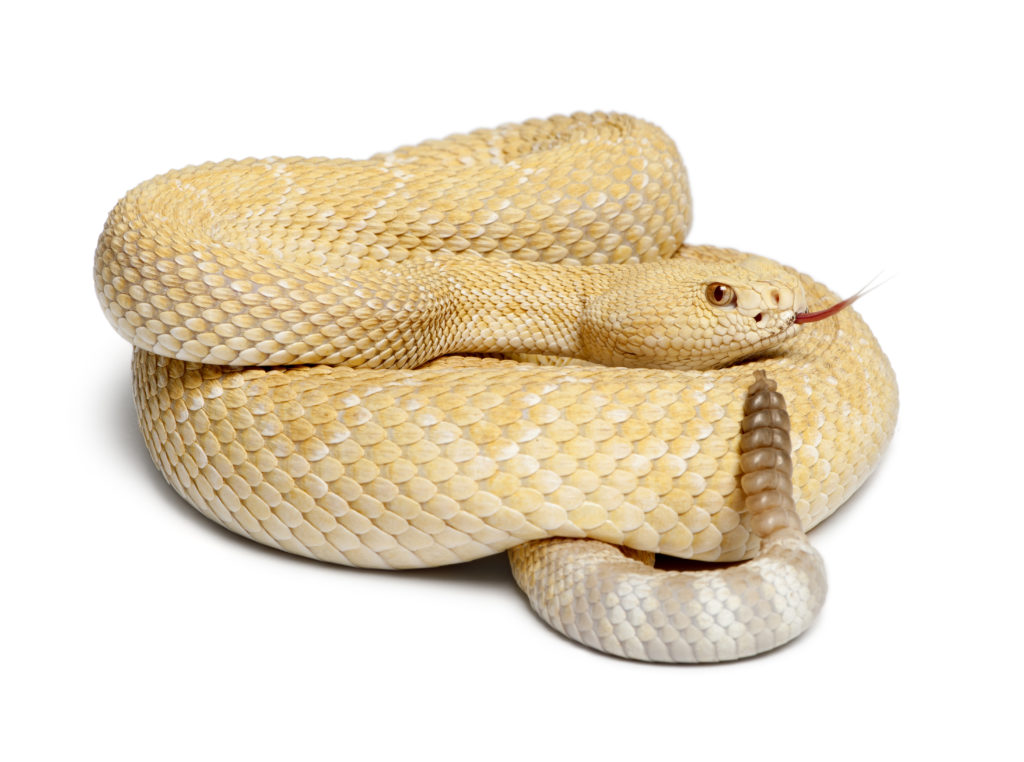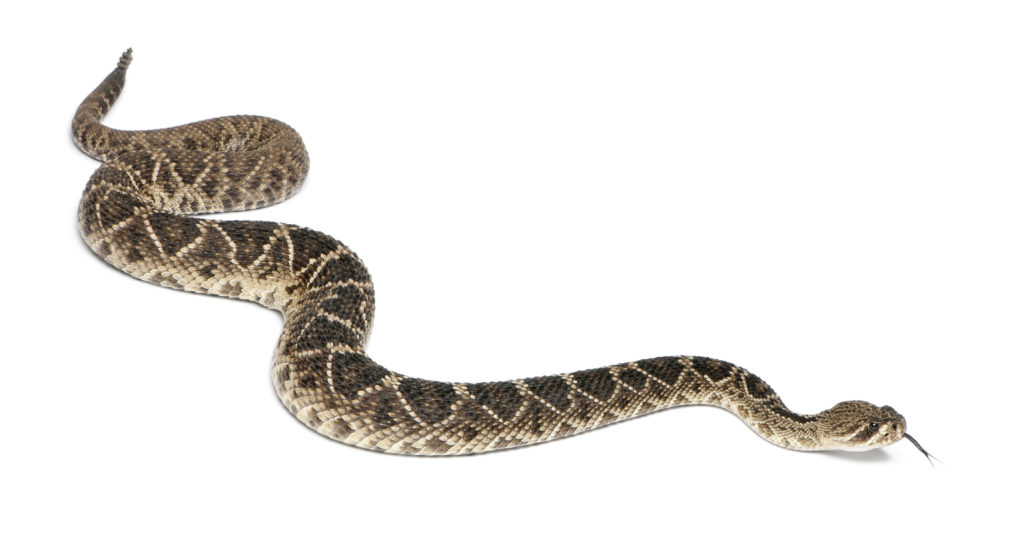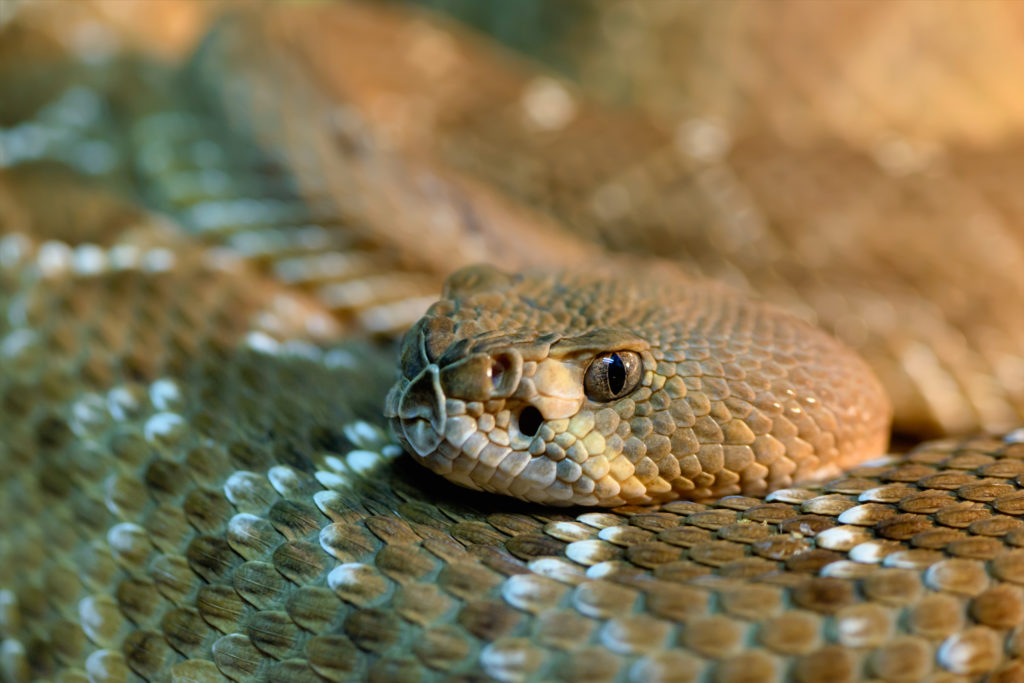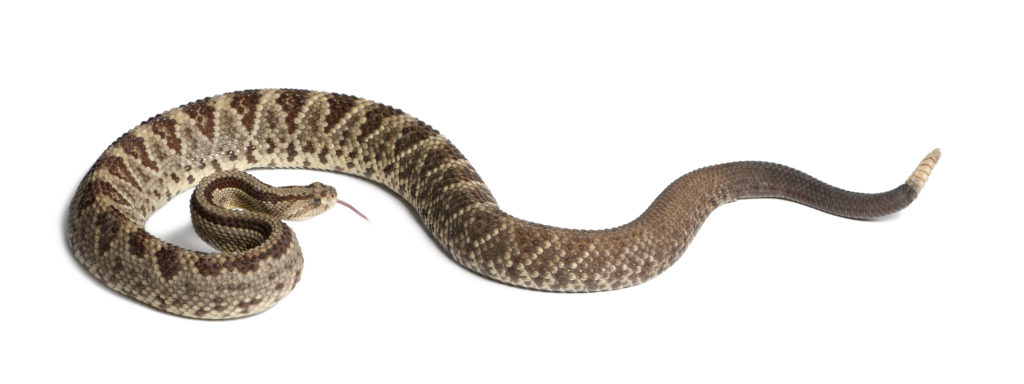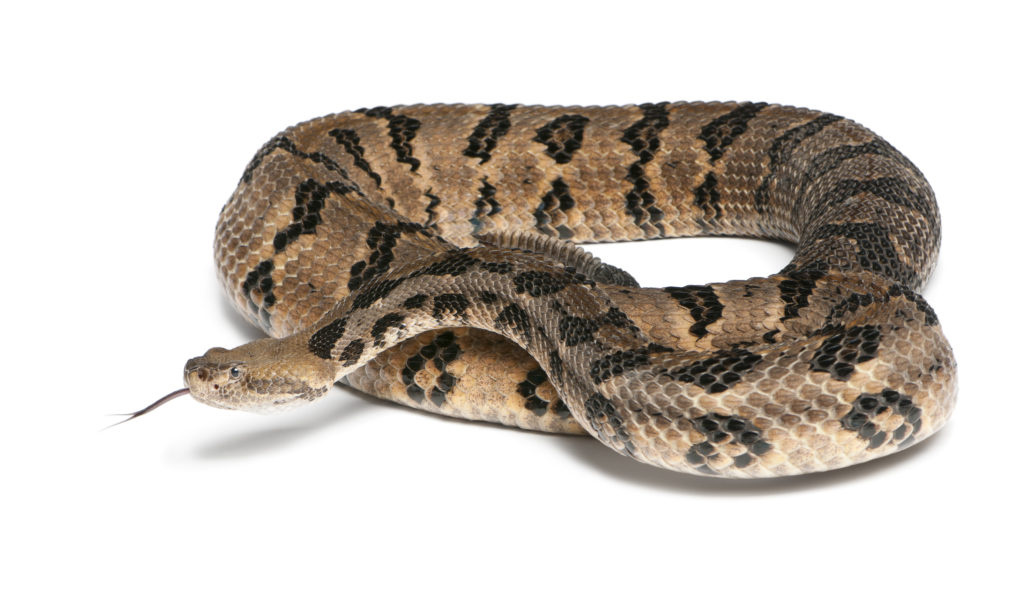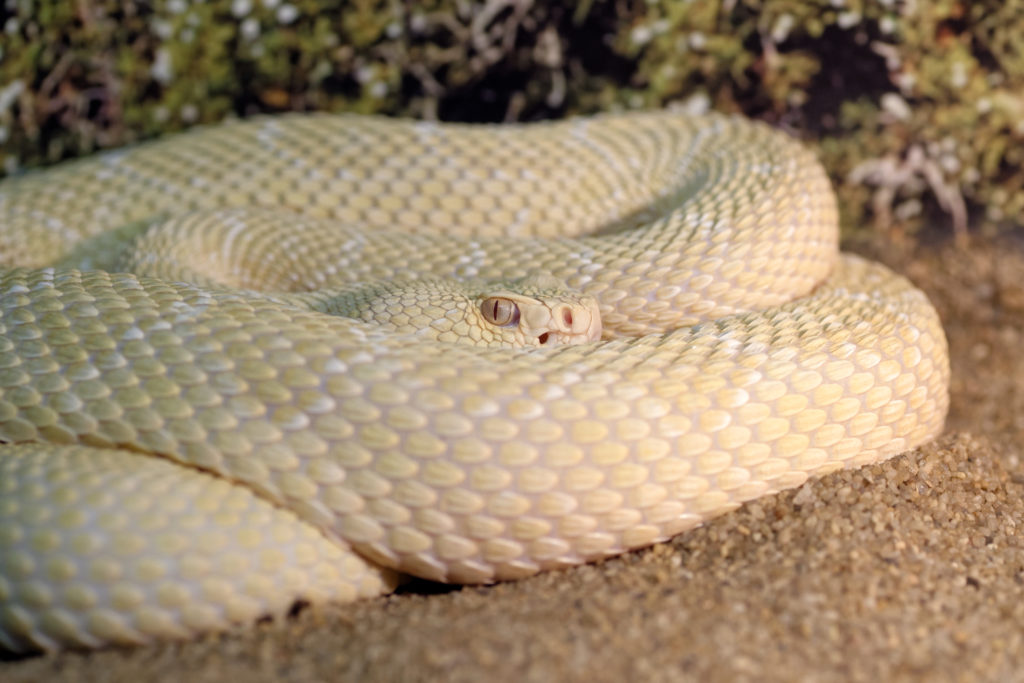Arizona is home to warm weather, beautiful wildlife, and yes, some poisonous creatures! That’s why pet parents should be especially careful to keep their companions safe from stings, fangs, bites, and more.
In addition to scorpions, Colorado River toads, and even harmful plants that grow in the wild, one of the scariest threats pet owners have to watch out for is rattlesnakes. While precautions should be taken to avoid these critters, knowing what to do in the event of a bite can be the difference between life and death.
If you ever see your beloved dog or cat get bitten by a snake — or you even suspect it — follow the steps below, and of course, call the vet ASAP!
Preventing Snake Bites
Learn What Kinds Of Rattlesnakes Live In Your Area
It’s important to know what types of poisonous snakes live in your area and to identify them by sight; as it turns out, there are about 13 species of rattlesnakes in Arizona. Also, learn about when they’re most active and where they like to hang out; they emerge from their burrows in warm weather, and may seek shade in brush, bushes, or rocks. Needless to say, you should never let your pet stick their snout in any of these places.
Supervise Pets While Outside
Whether in your yard or on a walk, make sure to keep your eye on your pet at all times. If you’re out on an adventure, it may be safest to keep your them on-leash so they don’t go exploring the woods, long grasses, holes, or burrows where snakes (or other creatures!) may be lurking.
Be Aware While Hiking
To that, it’s important to keep your eyes and ears open for slithering critters. Stay on the trail and scan the path with your eyes. Also, listen for rustling, and of course, rattling. It may be wisest to refrain from wearing headphones so you can keep your ears open.
What To Do In The Event Of A Snake Bite
Know The Signs Of A Snake Bite
It’s imperative to recognize if your pet has been bitten if you didn’t see it happen. (In the event of any bite, assume that it could be poisonous, even if you’re not 100% sure.)
Signs of snake bites includes:
- Sudden yelp or wimpering
- Swelling at apparent bite site
- Fang marks (these can be hard to see)
- Blood at apparent puncture site
- Drooling
- Rapid breathing
- Weakness
- Collapse
Identify The Snake
If you happen to see the attack, try to get a glimpse of the snake — identifying it can help with treatment. If at all possible, snap a quick photo with your phone to show the vet.
Call The Vet ASAP
Of course, you must call a vet as soon as possible and get your pet treatment quickly. This can be difficult if you’re out hiking, and in this case, keep your pet calm while you head back for help. DO NOT try to suck out the poison or cut the incision to drain it, as this could make the situation even worse.


